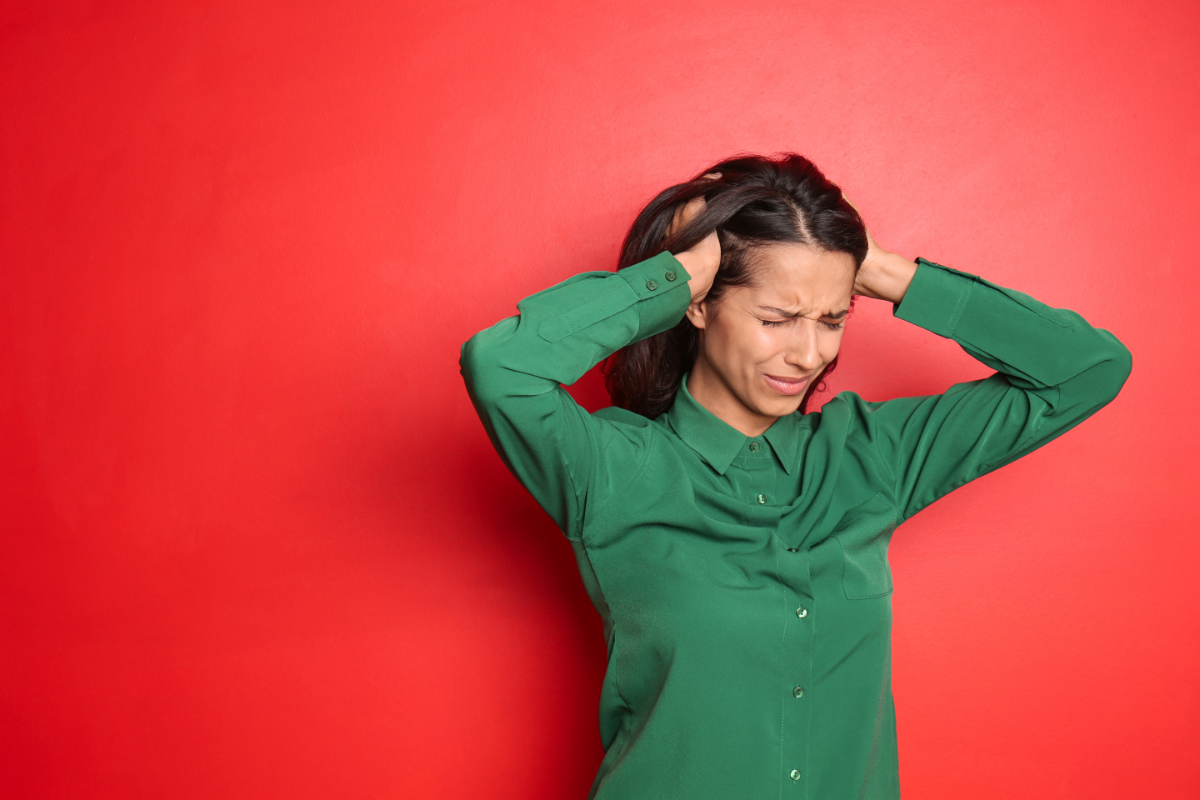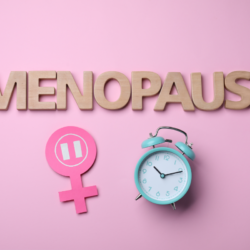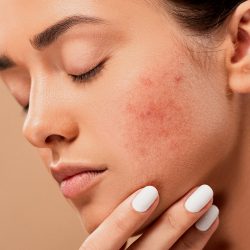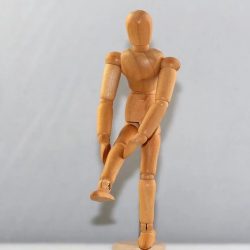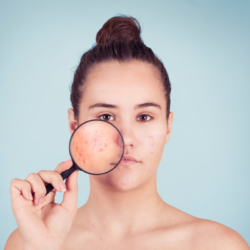Headaches are pains in the cranial region. They are one of the most frequent reasons for consulting a doctor. Also known as “headaches” or “cephalalgia”, they have a wide variety of causes, of varying degrees of severity (cranial trauma, hypertensive crisis, stroke, taking certain medications, etc.). They are caused in particular by the activation of pain-sensitive receptors.
Headache” is the generic name for all pain in the head. Cephalalgia occurs in conditions as diverse as meningitis, typhoid fever, brain tumours, high blood pressure and so on. Some headaches have been given special names because of their very distinct characteristics, such as migraine. There are two main types of headache.
How do headaches work?
The International Classification of Headache Disorders (ICC), drawn up by the International Headache Society ( IHS), classifies mainly headaches. The SIC has also published a second edition of this classification, approved by the World Health Organisation (WHO). Over the years, alternative classification systems have also emerged. The first of these, published in 1951, offered an initial perspective on the classification of headaches. Later, in 1962, the National Institutes of Health developed its own classification system.
Epidemiology
Classification
The International Classification of Headache Disorders (ICC), developed by the International Headache Society, is a hierarchical classification of headache disorders that aims to provide operational diagnostic criteria for headache disorders. Its first version, the ICC-1, was published in 1988, while the current revision, the ICC-2, was published in 2004.
This classification is based on the use of numerical codes and includes 13 headache groups. Of these, four are classified as primary headaches, while groups 5 to 12 are considered secondary headaches, with the last two groups encompassing other types of headache.
According to the ICC-2, primary headaches include well-known types such as migraines, tension headaches, facial vascular angina and chronic daily headache. In addition, it classifies as primary headaches headaches associated with specific activities such as coughing, exertion and coitus, as well as chronic persistent headaches, including hypnic sleep-related headaches.
Secondary headaches, on the other hand, are classified according to their underlying cause rather than their symptoms. According to the ICC-2, secondary headaches can result from a variety of factors, including head trauma, intracerebral haemorrhage, cerebrovascular disease such as stroke, vascular malformation or arteritis. They can also be caused by non-vascular intracranial disorders, drug intoxication, infection, haemostasis disorders, facial damage or mental disorders such as somatisation or psychotic disorders.
Primary headaches
Tension headaches
Tension headaches, commonly known as tension headaches, are a common form of headache characterised by a throbbing, moderate, non-pulsating pain. This pain gives the impression that the head is being squeezed in a vice. These headaches can be episodic or chronic, persisting for more than 15 days a month. They tend to occur at the end of the day, often in response to stress or fatigue, but are not usually associated with an underlying lesion.
The pain is continuous, moderate and diffuse, without pulsations, creating a sensation of bilateral pressure on the skull. It is not accompanied by nausea or vomiting. Headaches do not worsen with physical effort, but they may intensify during periods of stress and subside during periods of relaxation. The pain is often associated with a feeling of an empty head, with difficulty concentrating or, on the contrary, with a feeling of heaviness. It is frequently linked to anxiety and contractures of the neck muscles.
These headaches affect women more than men, with a predominance among teenage girls and young adults. They can be caused by a combination of factors, including stress, cervical muscle tension, psychological problems and even past trauma. In addition, overuse of painkillers can lead to rebound headaches, a phenomenon in which increased doses of medication lead to dependence.
Treatment of tension-type headaches may involve the use of psychotropic drugs, such as antidepressants and antiepileptics, to relieve pain. Psychotherapy, particularly behavioural therapies, can help to identify triggering factors and improve stress management. Alternative approaches such as acupuncture, physiotherapy and hypnosis can also be beneficial.
Vascular angina of the face
Facial vascular angina (FVA), also known by a variety of names such as Horton’s headache, is a rare condition that predominantly affects men (6 men for every woman). It manifests itself as attacks of intense, unilateral pain around one eye, often accompanied by redness of the eye, lacrimation, nasal congestion and sometimes ptosis (drooping eyelid). These attacks last between 15 and 180 minutes and can occur up to 8 times a day.
AVFs are primary headaches of neurovascular origin, with no known organic cause. Diagnosis is based on clinical examination and, if necessary, brain MRI to rule out other pathologies. They may be episodic or chronic, with recurrent attacks.
Treatment for AVF attacks includes oxygen inhalation or sumatriptan injections. To prevent recurrences, doctors often use verapamil. In resistant cases, they may also consider non-drug approaches such as occipital nerve stimulation or transcutaneous neurostimulation.
Factors such as alcohol consumption or irregular sleep patterns can encourage seizures. Sensitivity to light and sound is common during seizures. In some cases, the intensity of the pain can lead to suicidal thoughts.
AVF is a severe condition that is often under-diagnosed. It requires appropriate medical treatment to relieve patients of some of the most intense pain known to medicine.
Migraines
These are chronic, frequent and disabling headaches that begin between the ages of 10 and 40. The disease usually runs in families and is of neurovascular origin, with painful inflammation of the cranial vessels. The vast majority of migraine sufferers are women. Migraine sets in at puberty. It then appears during menstruation (catamenial migraine).
The word migraine actually refers to a syndrome characterised by violent headaches, usually unilateral, which may be accompanied by profound malaise, nausea and sometimes vomiting. Neurological signs (or aura), such as scotomas, may precede or accompany the migraine attack. The primary cause is a dysfunction in the vasomotricity of the branches of the external carotid artery, which dilate.
If the attack is accompanied by neurological symptoms, it is known as an accompanied migraine. If the migraine is “simple”, with no additional neurological signs, it is called a common migraine.
Many people suffer from ophthalmic migraines, i.e. migraines accompanied by abnormal visual signs, the most frequently described being scintillating scotomas. Some more serious cases can result in genuine paralysis of all the muscles dependent on the common oculomotor nerves (fortunately transient). This is ophthalmoplegic migraine.
It is therefore important for a migraine sufferer to identify the triggering agent(s). Specific factors trigger activation of the hypothalamus. The hypothalamus reacts by stimulating the trigeminal nerve, which is responsible for the innervation of a large part of the face. The trigeminal endings release neuropeptides responsible for vasodilatation and inflammation, which translate into pain messages.
There are two types of migraine: those without aura and those with aura.
Secondary headaches
Naturopathic advice for limiting headache attacks
Headache prevention is possible and recommended, especially if :
- Headaches are frequent.
- They do not respond to the usual treatments and stress management measures.
- They become very annoying and require excessive use of painkillers (more than 2 or 3 times a week).
Basic preventive measures include :
- Reducing stress.
- Reducing alcohol consumption.
- Regular exercise such as swimming or walking.
- Ergonomic workstations to reduce strain on cervical muscles.
- Use of certain preventive medications.
- Avoid substances such as alcohol, tobacco, chocolate, cold meats and fermented cheeses
- Do not skip meals.
- Stay away from strong smells, intense light and climatic variations.
- Manage emotions such as anxiety, fear, anger and conflict.
Sleep:
- Lack of sleep can trigger headaches.
- Maintain a regular sleep schedule.
- Keep a similar routine at weekends.
- Avoid screens at least 1 hour before bedtime and keep them out of the bedroom.
Stay hydrated:
- Reduce caffeine and prefer water to coloured or sugary drinks.
- Avoid alcohol.
Nutrition:
- Eat at set times, avoid skipping meals.
- Certain foods can trigger migraines, such as chocolate, cheeses, smoked or preserved meats, soy sauce, chips, prepared dishes and certain fruits (citrus fruit, bananas, avocados).
Physical activity:
- Engage in daily physical activity.
- Play sports as a family.
Relaxation:
- Manage anxiety and mood disorders.
- Favour relaxing activities before bedtime and avoid bright screens.
Keep a diary:
- To identify triggers, record your symptoms, activities, sleep patterns and diet.
- Include infectious episodes, which are also recognised as triggers.
Medication:
- Certain medications can cause headaches. Discuss this with your doctor or pharmacist.
- In the case of migraines with aura, certain medicines should be avoided. Mention your history of headaches before starting hormonal contraception.
What plants should I use for headaches?
- Peppermint essential oil: In the case of migraines, pure local application to the forehead, earlobes, temples and nape of the neck, repeated every 5 minutes for 20 minutes, results in total improvement in 95% of cases.
- Field Maple bud macerate: Field maple is active in headaches and dizziness resulting from anxiety neurosis.
- Desmodium EPS, Eschscholtzia EPS, Fumitory EPS, Willow EPS: These plants are indicated for migraines due to their analgesic effect.
- Black radish PES: Black radish is generally indicated for hepatic migraines.
- Homeopathic dilution of Belladonna: The homeopathic indication for this plant is congestive arterial hypertension with pounding headaches.
- Homeopathic dilution of Ményanthe: The homeopathic indication for this plant is headaches or cervical neuralgia improved by pressure, accompanied by intense cold; the patient is unable to warm up as long as the migraine lasts.
- Feverfew EPS: The efficacy of feverfew on catamenial migraines seems to have been known since antiquity, but it was not until the 1980s that Murphy’s work confirmed it in a double-blind study.
In 1997, Murch and his team measured melatonin levels in the green leaves of feverfew. They found high levels, confirming earlier studies. This work highlights the beneficial role of melatonin rebalancing in people suffering from migraines without aura.
Feverfew has anti-migraine properties. It inhibits platelet aggregation and the release of serotonin induced by ADP or adrenaline. This could explain its effectiveness against migraines. The active compound, parthenolide, acts on the trigeminal vascular system.
This plant also blocks the release of TNF-α, mediated by lipopolysaccharides, and suppresses CCL2 (monocyte chemoattractant protein l or MCP-I). These mechanisms are probably the key cellular targets for feverfew’s anti-migraine effects.

